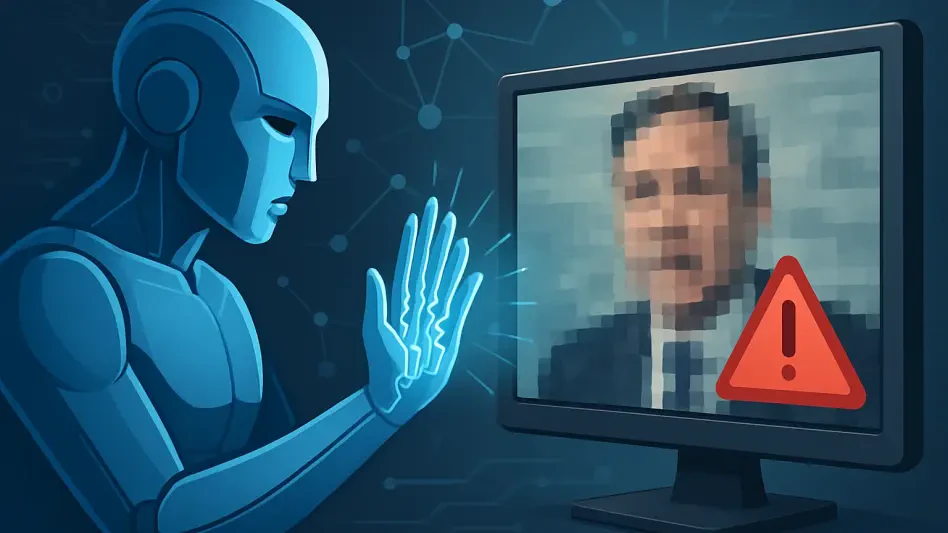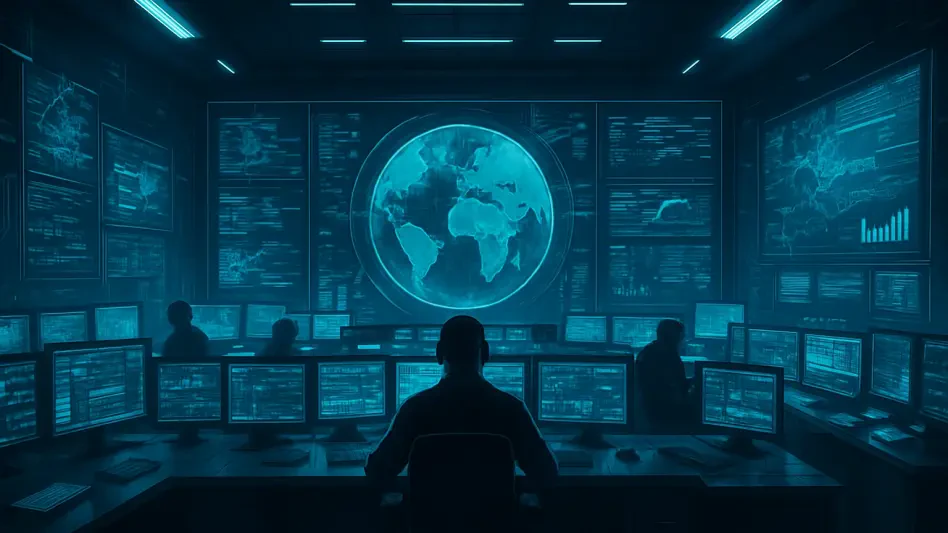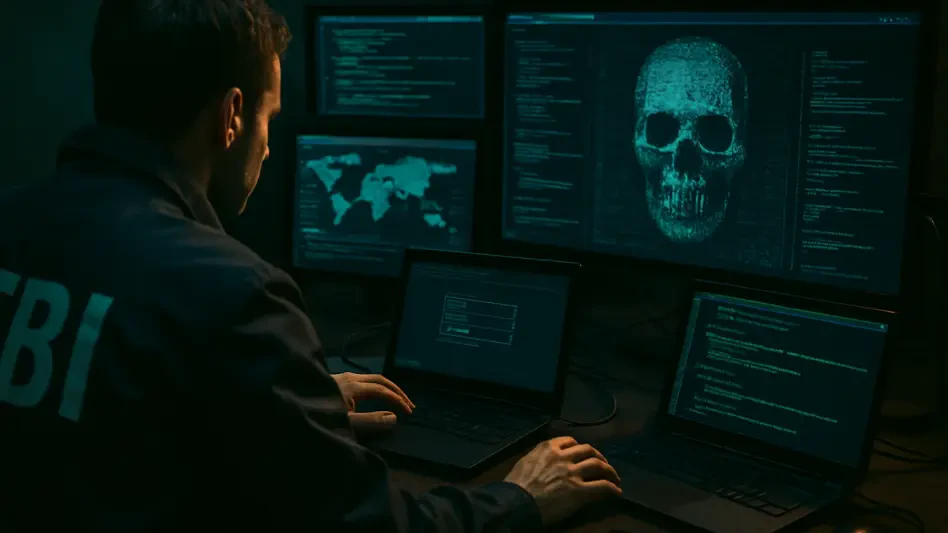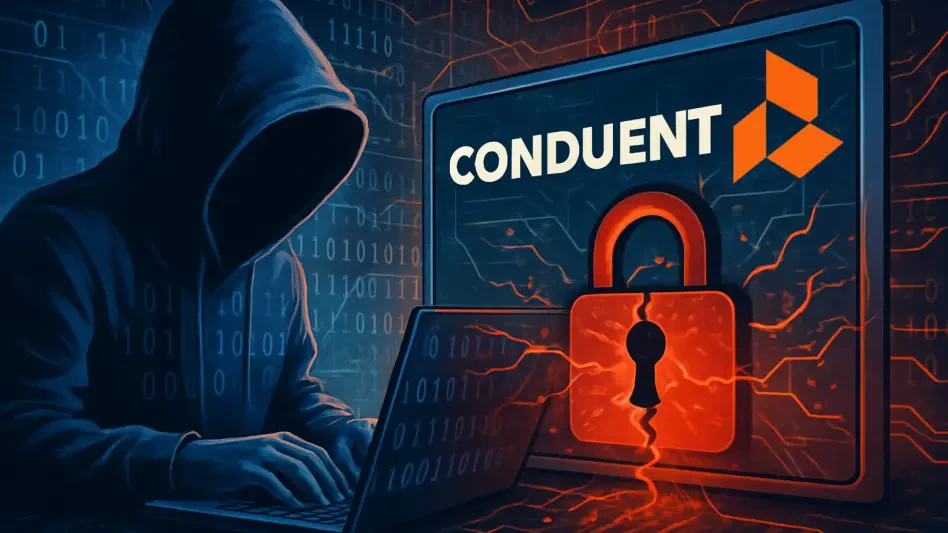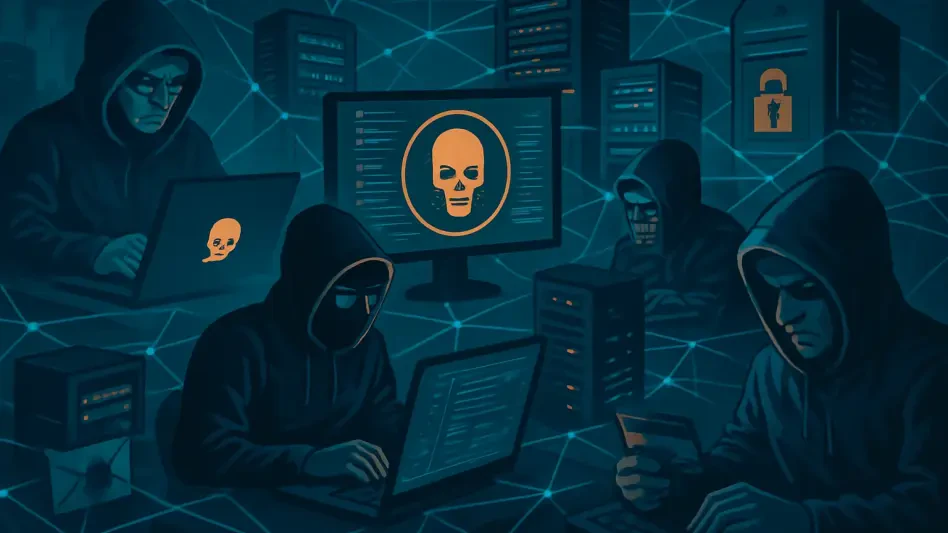In recent years, the digital landscape has been increasingly shaped by the rapid evolution of deepfake technology, which leverages artificial intelligence to create convincingly realistic, yet entirely falsified, audio and video content. As these technologies become more pervasive, they pose a profound challenge across numerous sectors, including national security, media, and the corporate world, where the authenticity of communications is paramount. The pressing question now is whether AI can evolve fast enough to counter the threats its development has inadvertently enabled.
Industry Overview
Deepfake technology has notably matured, significantly impacting various industries. Its influence ranges from manipulating political discourse to the potential for immense financial fraud. Key players in this field encompass tech giants and niche startups, all aiming to capitalize on AI’s capacity to produce and detect deepfakes. In parallel, technological advancements continue to drive accessibility, allowing even those with moderate expertise to create sophisticated deepfakes. As a result, regulators are increasingly focused on crafting laws to mitigate risks, although these efforts often lag behind the pace of technological advancement, leaving gaps that bad actors can exploit.
Trends and Emerging Technologies
Technological Advancements and Market Drivers
Current trends highlight how technological strides have democratized deepfake creation, lowering the barriers for entry. Emerging AI technologies have amplified the sophistication with which these fakes can dupe audiences, essentially turning them into potential tools for malicious manipulation. Accompanying these advancements, consumer behaviors are evolving, creating novel opportunities for companies to develop countermeasures and educational tools that raise public awareness about the risks associated with digital forgeries.
Market Data and Growth Projections
Data reveal that companies and governments are increasingly adopting technologies to detect deepfakes. This growing market reflects a responsiveness to the threats posed by digital forgeries, with forecasts indicating substantial industry growth in the detection field. Projections suggest a sharp increase in anti-deepfake measures, driven by the expanding adoption of proactive security solutions in both public and private sectors. This trend not only highlights a burgeoning market but also emphasizes its necessity in safeguarding digital integrity.
Challenges and Solutions
The pressing challenge lies in navigating the intricate technical landscape involved in detecting and countering deepfakes. Technological hurdles include the rapid pace of AI development, which consistently elevates the potential quality of deepfakes. Additionally, regulatory frameworks struggle to keep up, while market constraints often limit widespread implementation of protective measures. Addressing these issues requires a multifaceted strategy. Innovative AI-driven solutions that anticipate and expose deepfake anomalies hold promise, providing a proactive shield against potential abuse.
Regulatory Landscape
Legislation plays a crucial role in shaping how industries approach and manage deepfake risks. Significant laws have been introduced to define the boundaries of acceptable use and strengthen protective measures. Compliance requirements are pivotal, steering industry practices toward heightened security standards. As regulatory frameworks develop, they are expected to wield considerable influence over deepfake technology’s future, potentially tightening compliance and promoting more robust security practices.
Future Directions and Industry Outlook
The horizon sees emerging technologies poised to disrupt deepfake dynamics. These innovations could introduce new layers of complexity in both the creation and detection arenas. Meanwhile, consumer preferences continue to evolve, driven by a nuanced understanding of the implications of digital authenticity. Areas of growth are anticipated to stem from a synergy between regulatory progress and technological advances, potentially stabilizing the balance of power in favor of those combating digital deceptions.
Conclusion and Recommendations
The report underscored the dynamic interplay between deepfake threats and countering measures, noting an industry’s evolution that requires constant vigilance. Key findings suggested that while deepfake technology presents significant challenges, the development of sophisticated detection systems and proactive regulations offers constructive paths forward. Stakeholders are advised to focus on investing in robust AI-driven counter-technologies and to stay abreast of regulatory changes to better navigate the future landscape, where innovation and policy will jointly steer the deepfake industry’s trajectory.

